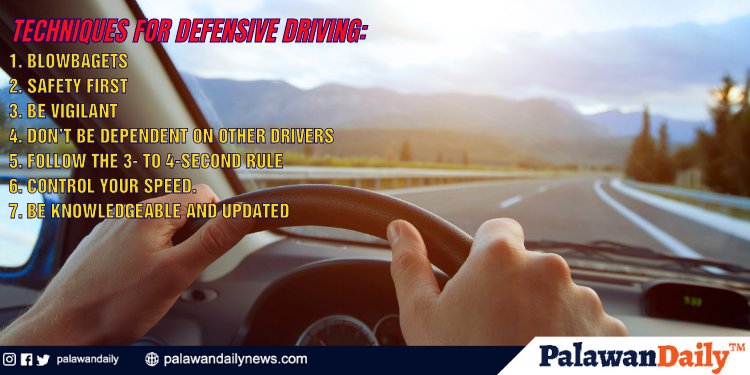People have been used to saying ‘take care’ or ‘be safe’ whenever someone is leaving, travelling, or else, venturing to another place. However, hazard is everywhere, so keeping safe doesn’t just stop in keeping yourself away from danger, but also mean knowing the skill how to escape from danger as it approaches you when you least expect it.
This is how defensive driving works, once you spot potential hazard, planning quickly what to do next and acting it out must be the priority. As you cross a busy street, you may think that everybody is sober and drives really well, but in reality, there are lots of aggressive drivers out there that you may come across. Some may make a sudden turn without making a signal, some may be loud due to unpleasant day, and there may be heavy rains or worse, typhoon. Defensive driving is a must-have skill for people who do driving for living, such as food delivery riders, courier, back riders and public riders.
Techniques for defensive driving:
- (Battery, Lights, Oil, Water, Brake Air, Gas, Engine, Gas, Engine, Tire and Self) Check and inspect all of these before leaving the house.
- Safety first. Lock your doors and wear your seatbelt to protect you from being thrown from the car in case of a crash. Leave enough space between you and the car in front as well.
- Be Vigilant. Check your mirrors frequently and scan conditions 30 seconds ahead of you. Once a vehicle tries to display aggressive driving, pull over to avoid it. If the driver moves dangerously, try to get off the roadway by turning right or taking an escape route.
- Don’t be dependent on other drivers. Do not assume another driver is going to move out of the way or allow you to fuse. Assume that drivers will run through red lights or stop signs and be prepared to react. Plan your movements anticipating the worst-case scenario. In short, look out for yourself.
- Follow the 3- to 4-second rule. Since a collision is likely to happen in front of you, using the 3- to 4-second rule will help you establish and maintain a safe following distance and provide sufficient time for you to brake to a stop if needed. Increase the following distance if there’s an unpleasant weather condition.
- Control your speed. Speed limits posted apply only to ideal conditions, it’s your obligation to ensure that your speed matches conditions. In addition, higher speeds make controlling your vehicle that much more difficult if things go wrong.
- Be knowledgeable and updated. Equip yourself with knowledge about the driving rules, standard driving practices and other safety-related trainings.
Know more about safety by joining Petrosphere’s OSH training offerings.
About Petrosphere Incorporated
Petrosphere Inc. is a one-stop training, review and consultancy company that caters the needs of companies across industries ranging from oil and gas, construction, mining, manufacturing, service, call center, and many others. Basic Occupational Safety and Health.
Contact
Petrosphere Inc.
M: 091-7708-7994




















Discussion about this post